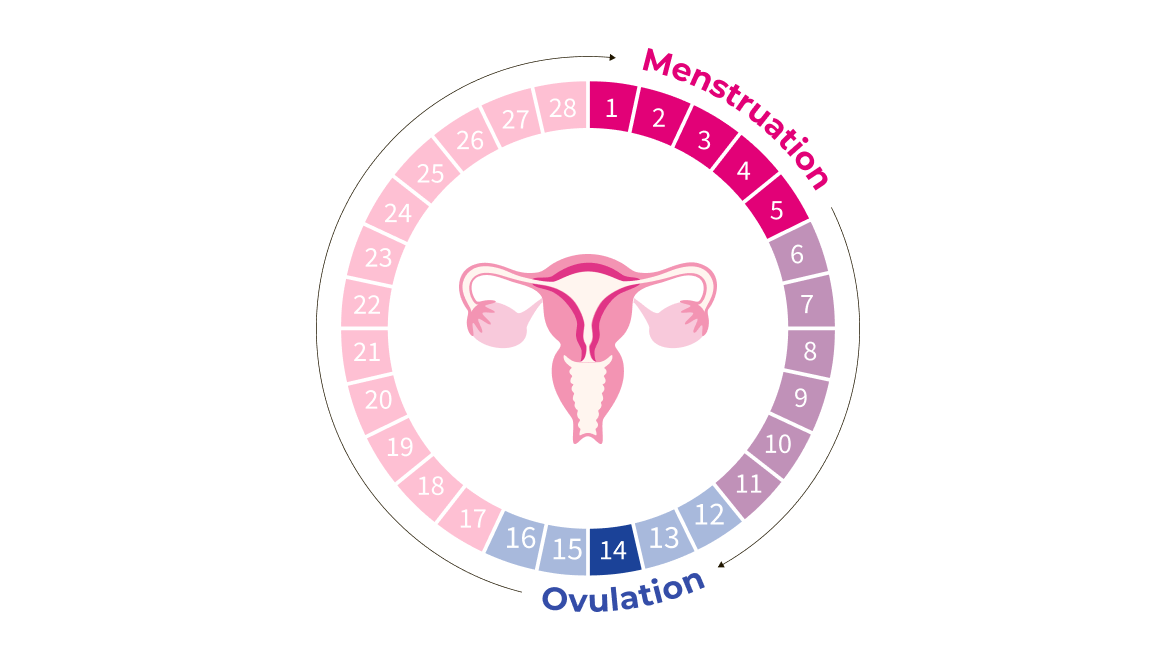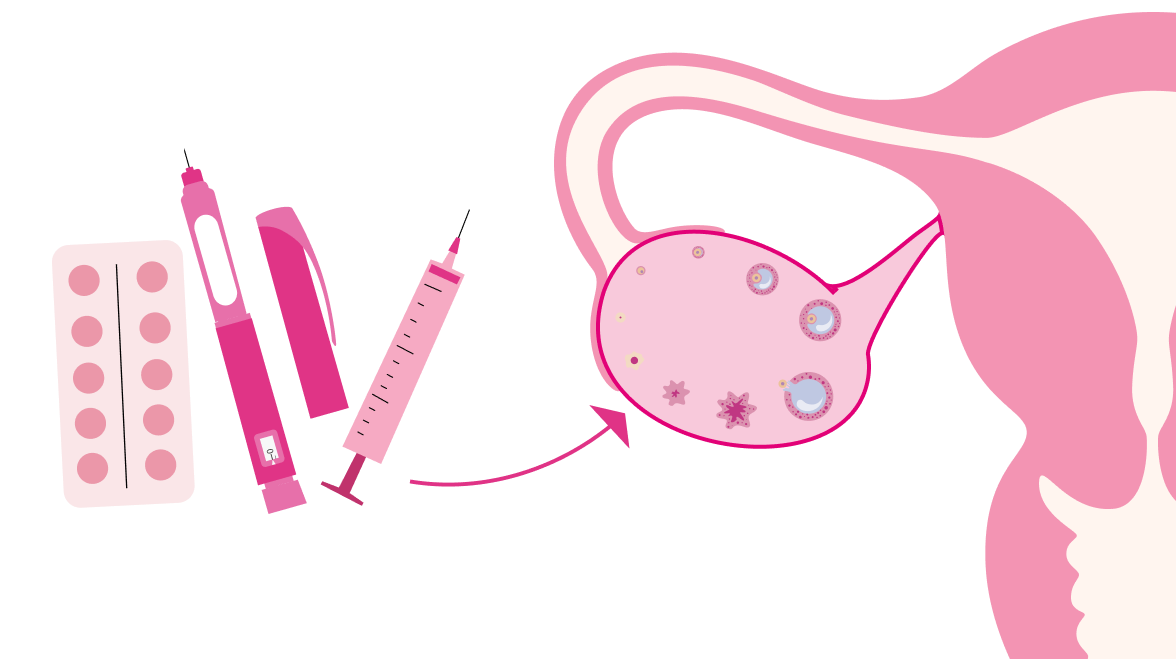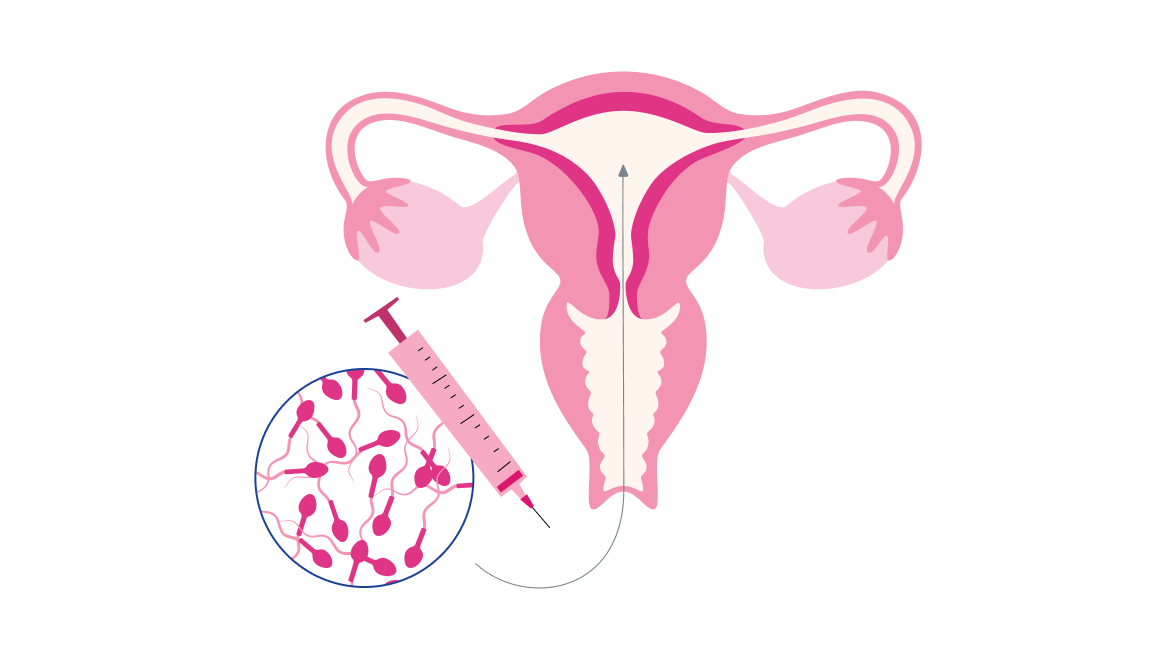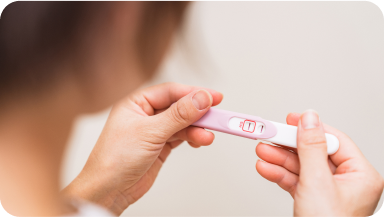Please answer the below questions to help find the path best suited for your situation.1–7
Path best suited for you
Traditional surrogacy5, 6
What is assisted pregnancy?

Timed intercourse
A starting point for fertility interventions for many couples is timed intercourse. As the name suggests, the couple will start by tracking the menstruating partner’s cycle to determine the possible window for ovulation. Many techniques can be used – ranging from simple techniques such as calendar charting, through to more diagnostic measures such as tracking body temperature and even ultrasonography. By more accurately being able to predict when ovulation is occurring, timed intercourse has a better chance of succeeding.1

Ovulation induction
Ovulation induction is another treatment that uses medications with the intention of inducing a normal cycle for conception to occur.2

Intrauterine insemination
Intrauterine insemination is a medical procedure where sperm are collected and placed in the uterus at the time of ovulation to increase the chances of conception.2
- Manders M, et al. Cochrane Database Syst Rev 2015; (3): CD011345.
- Zegers-Hochschild F, et al. Hum Reprod 2017; 32(9): 1786–1801.
- Jain M, Singh M. Assisted reproductive technology (ART) techniques. In: StatPearls. Treasure Island: StatPearls Publishing, 2023. Available at: https://www.ncbi.nlm.nih.gov/books/NBK576409. Accessed March 2023.
- Glazer ES. Paths to parenthood: receiving an embryo donation. Harvard Health Publishing, February 2022. Available at: https://www.health.harvard.edu/blog/paths-to-parenthood-receiving-an-embryo-donation-202202032682. Accessed January 2024.
- Cleveland Clinic. Gestational surrogacy. Reviewed July 2022. Available at: https://my.clevelandclinic.org/health/articles/23186-gestational-surrogacy. Accessed January 2024.
- Forman EJ and Lobo RA. In vitro fertilization. In: Valea FA, editor. Comprehensive gynecology, 8th ed. Philadelphia: Elsevier, 2021: pp 861–72.
- Kupka MS, et al. Eur J Obstet Gynecol Reprod Biol 2003; 110(2): 190–5.
- Society for Assisted Reproductive Technology. Fresh and frozen embryo transfers. Available at: https://www.sart.org/patients/fyi-videos/fresh-and-frozen-embryo-transfers. Accessed March 2023.
- Chambers GM, et al. Med J Aust 2017; 207(3): 114–8.
- The Fertility Society of Australia and New Zealand. IVF. Available at: https://www.fertilitysociety.com.au/ivf-treatment-australia-new-zealand. Accessed May 2022.
- ESHRE Reproductive Endocrinology Guideline Group. Ovarian stimulation for IVF/ICSI. October 2019. Available at: https://www.eshre.eu/Guidelines-and-Legal/Guidelines/Ovarian-Stimulation-in-IVF-ICSI. Accessed May 2023.
- Lobo, RA. Infertility, etiology, diagnostic evaluation, management, prognosis. In: Valea FA, editor. Comprehensive gynecology, 8th ed. Philadelphia: Elsevier, 2021: pp 838–60.
- American Society for Reproductive Medicine. Assisted reproductive technologies: a guide for patients. Revised 2015. Available at: http://www.fertilityanswers.com/wp-content/uploads/2016/04/assisted-reproductive-technologies-booklet.pdf. Accessed January 2024.
- Mayo Clinic. In vitro fertilization. Available at: https://www.mayoclinic.org/tests-procedures/in-vitro-fertilization/about/pac-20384716. Accessed April 2022.
- Oyelowo T. Menstrual cycle. In: Mosby’s guide to women’s health. Missouri: Mosby, 2007: pp 11–15.
- Cleveland Clinic. IVF (in vitro fertilization). Reviewed February 2022. Available at: https://my.clevelandclinic.org/health/treatments/22457-ivf. Accessed March 2023.
- National Health Service. IVF: risks. Reviewed October 2021. Available at: https://www.nhs.uk/conditions/ivf/risks. Accessed March 2023.
- Society for Assisted Reproductive Technology. ART: step-by-step guide. Available at: https://www.sart.org/patients/a-patients-guide-to-assisted-reproductive-technology/general-information/art-step-by-step-guide. Accessed March 2023.
- Mayo Clinic. Blastocyst. Available at: https://www.mayoclinic.org/tests-procedures/in-vitro-fertilization/multimedia/blastocyst/img-20008646. Accessed February 2022.
- Washington University in St. Louis. Preimplantation genetic testing – FAQ. Available at: https://fertility.wustl.edu/treatments-services/genetic-counseling/preimplantation-genetic-testing-faq. Accessed March 2023.
- ESHRE Guideline Group on Ovarian Stimulation; Bosch E, Broer S, et al. ESHRE guideline: ovarian stimulation for IVF/ICSI. Hum Reprod Open 2020; 2020(2): hoaa009.
- Celada P and Bosch E. Upsala J Med Sci 2020; 125(2): 104–11.
- Katz O, et al. New Genet Soc 2020; 39(3): 243–9.
- IVF Australia. Using a sperm donor. February 2017. Available at: https://www.ivf.com.au/sites/ivfa/files/2019-10/cln-096_using_a_sperm_donor_14feb17_0.pdf. Accessed May 2022.
- Surrogacy Australia. What is surrogacy? Available at: https://www.surrogacyaustralia.org/what-is-surrogacy. Accessed May 2022.
- Mayo Clinic. Intrauterine insemination (IUI). Available at: https://www.mayoclinic.org/tests-procedures/intrauterine-insemination/about/pac-20384722?p=1. Accessed May 2022.
- Fertility New Zealand. Surrogacy. Available at: https://archive.fertilitynz.org.nz/files/6616/1499/4110/Surrogacy.pdf. Accessed March 2021.





